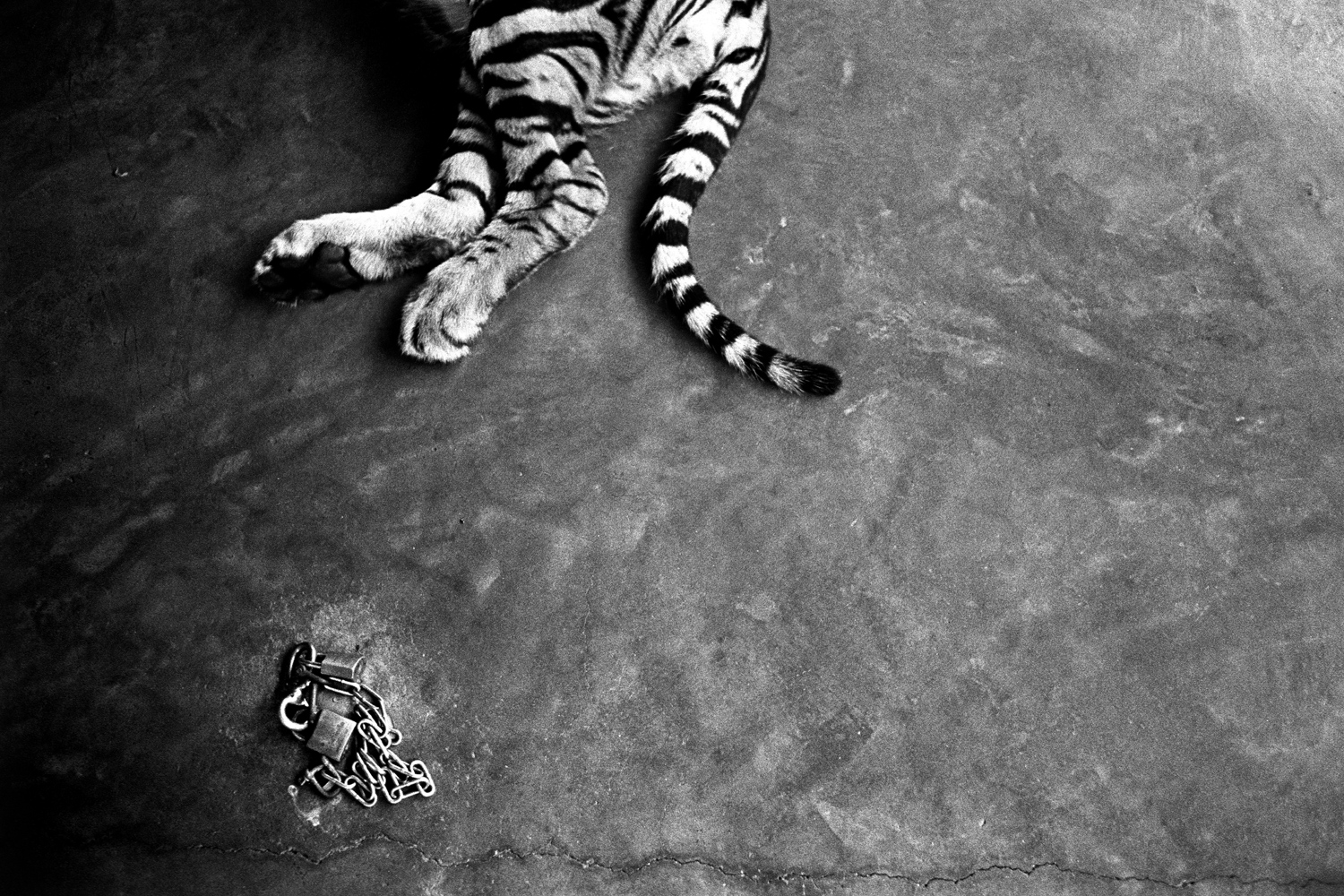
Most people hear the term “poaching,” and they think of hunters gunning down endangered species like elephants and rhinos on the plains of Africa. But in many ways the heart of the illegal wildlife trade is not in Africa, but in Asia. It’s in rising countries like China, Thailand, Vietnam and Cambodia where the demand for illegal wildlife products is strongest, driving the hunting and the trafficking. And it’s in Asia where poaching is still going on in the forests of countries like Burma and Laos, in the last scraps of wilderness in one of the most densely populated parts of the world. Every year it’s estimated that up to 30,000 primates, 5 million birds, 10 million reptile skins and 500 million tropical fish are bought and sold in Asia.
That bloody trade is revealed by Patrick Brown’s stark black-and-white photographs, published in his new book, Trading to Extinction. The Bangkok-based Brown spent more than 10 years documenting the underbelly of the illegal wildlife trade in Asia, from ill-equipped rangers patrolling the forests of Thailand to markets in southern China, jam-packed with threatened species. He shows the shadowy smuggling routes that take wildlife products across poorly guarded borders, and shines a spotlight on the sheer inhumanity of man’s treatment of majestic animals like the endangered Indochinese tiger. Brown prowls the markets of Bangkok, where massive ivory elephant tusks—almost surely taken by a poacher—sit in a store window, mute symbols of a murderous trade. Another photograph shows a pile of tiger and snow leopard skins—worth three-quarters of a million dollars—seized in Thailand’s Chitwan National Park.
Money is what drives the illegal wildlife trade, which is now worth as much as $10 billion globally. Brown notes that a poacher who kills a rhino and removes its horn in India gets $350, but that same horn will sell for $1,000 in a nearby market town, and as much as $370,000 once it reaches dealers in Hong Kong, Beijing or the Middle East. It’s little wonder that international criminal syndicates have gotten into the wildlife trade, which is now estimated to be the fifth most lucrative illegal enterprise in the world. Some of that money flows to international terrorists as well, making wildlife trafficking a security threat, as well as a conservation one.
The good news is that the world is beginning to get serious about wildlife trafficking. On Feb. 11 the U.S. announced a new national strategy for combating poaching, as well as a ban on commercial imports and exports of ivory. Last week British Prime Minister David Cameron hosted the London Conference on the Illegal Wildlife Trade, the highest-level summit ever on wildlife trafficking. Bringing a halt to poaching will require a commitment from developed nations like the U.S. and England. But as Patrick Brown’s moving photographs show, the battle will be fought in Asia.
Patrick Brown is a multi award-winning English photographer based in Thailand. His work focuses on critical issues across the Asia region. Trading to Extinction is available through publisher Dewi Lewis.
Bryan Walsh is a senior editor for TIME International & an environmental writer. Follow him on Twitter @bryanrwalsh.
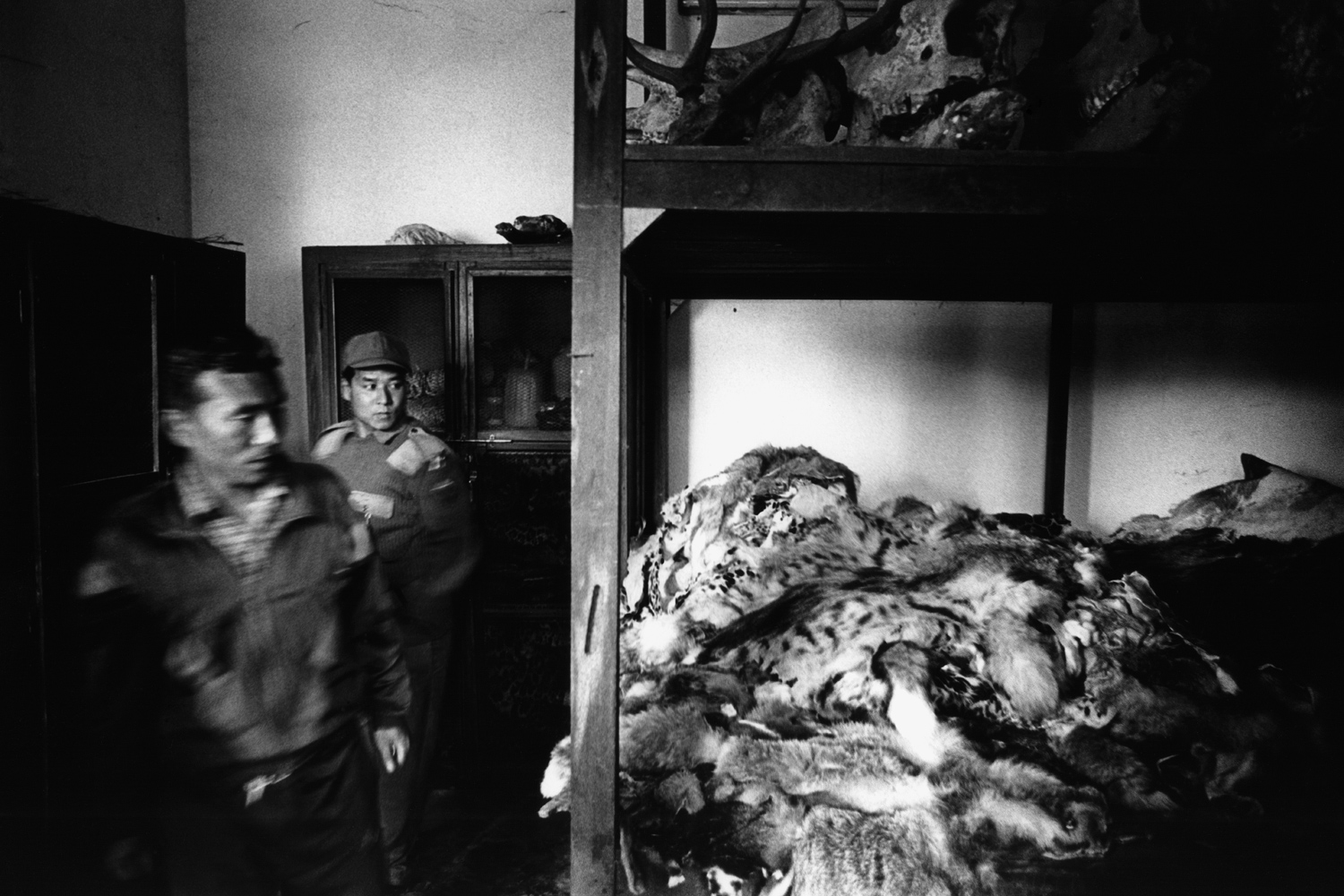
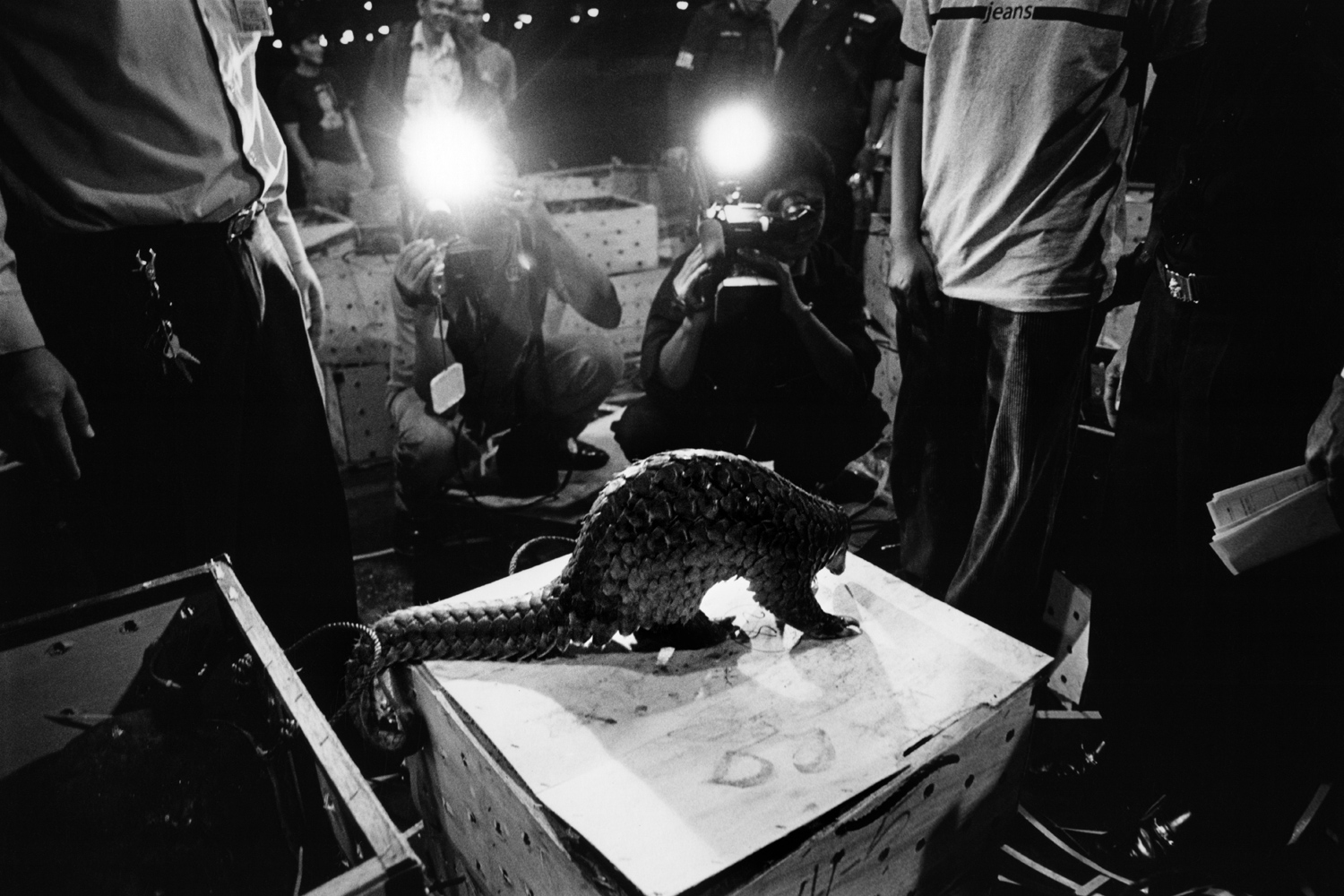
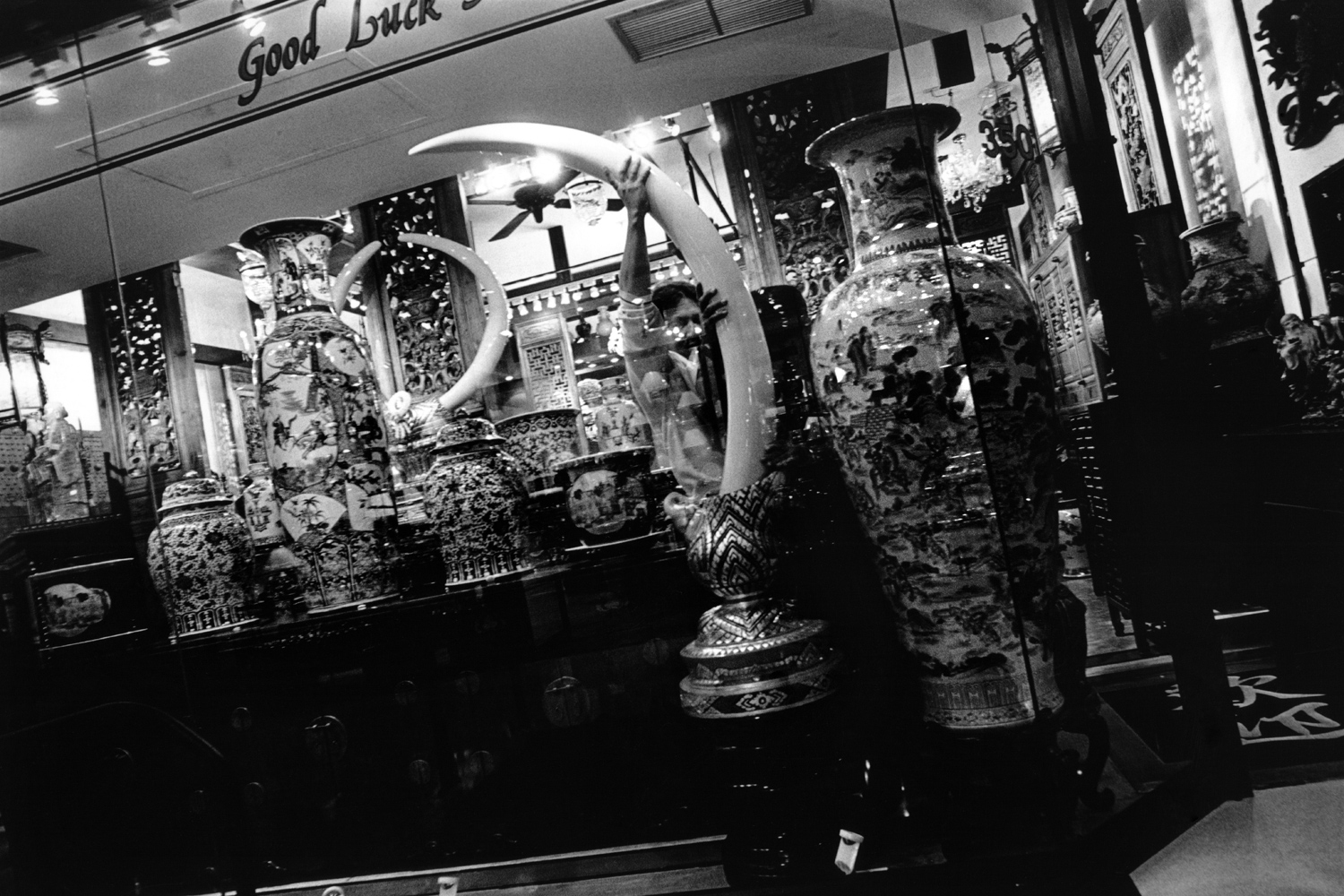
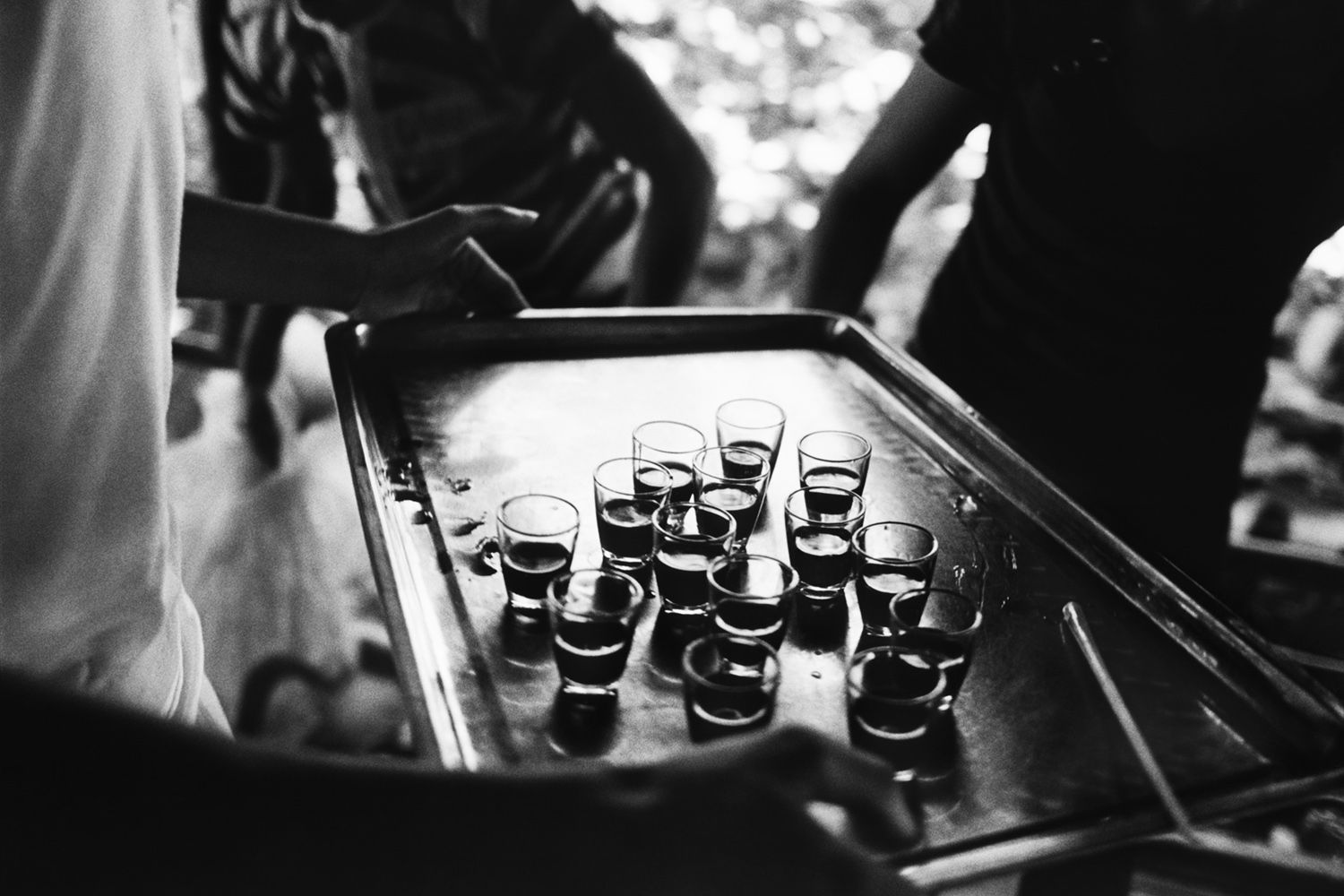
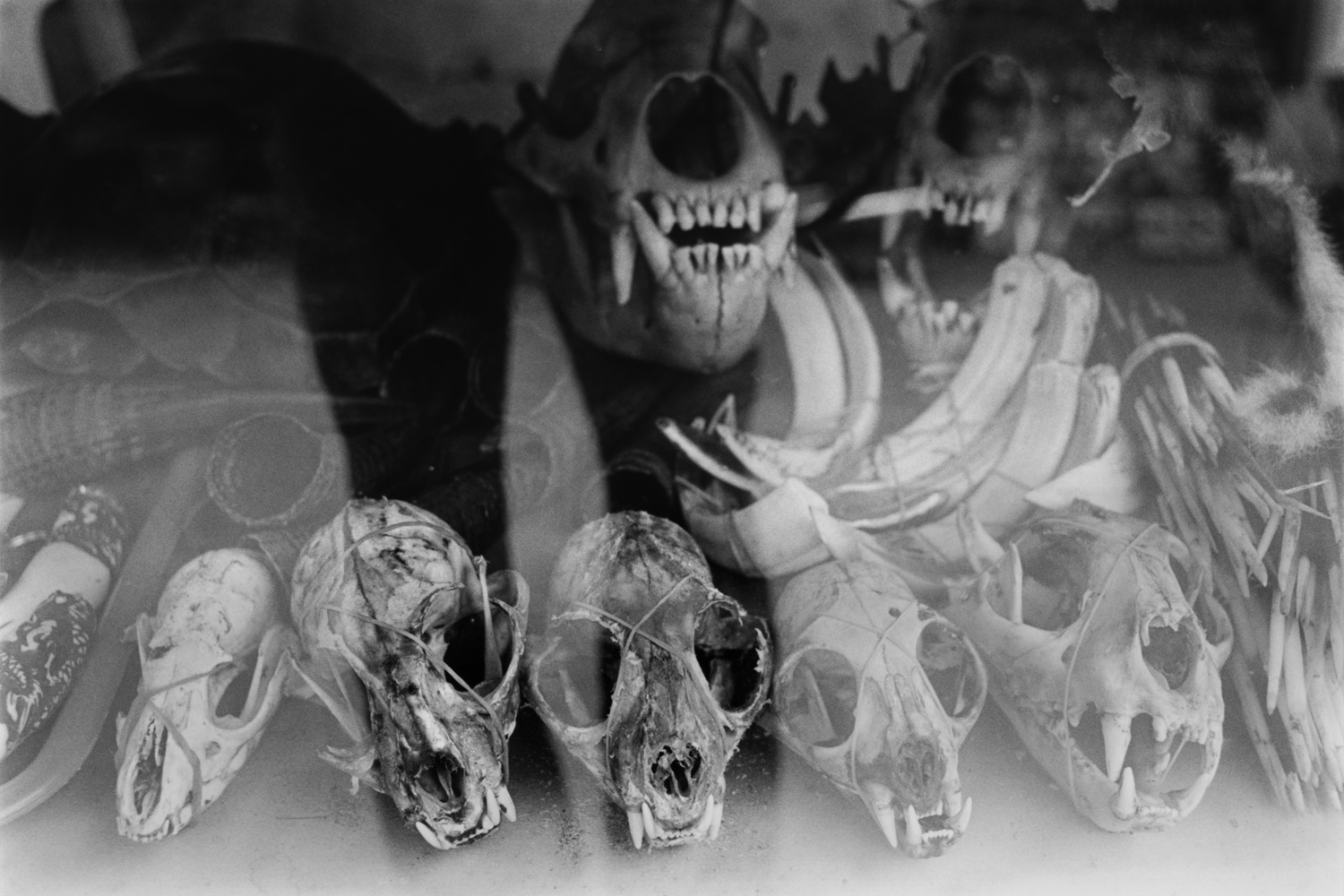
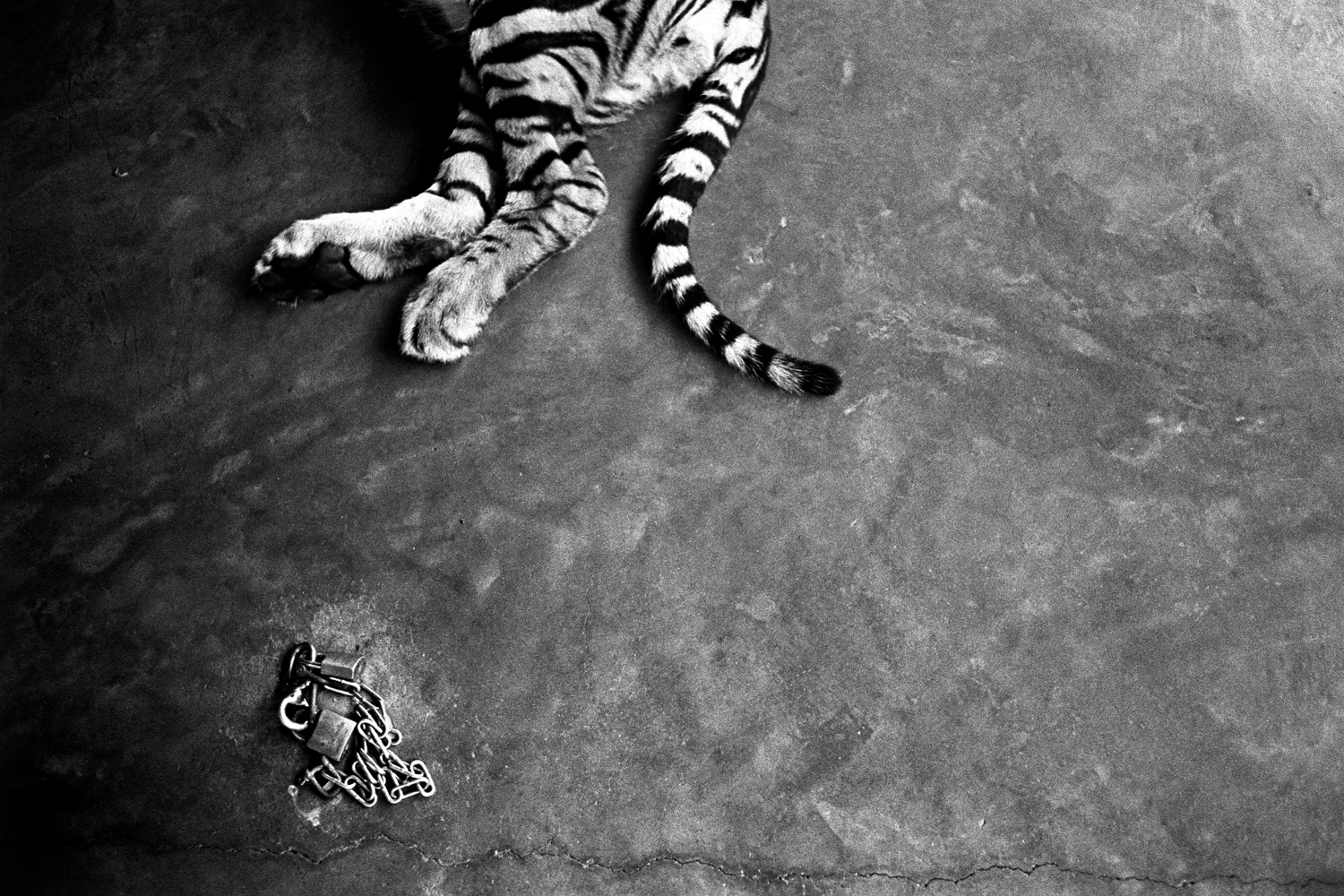
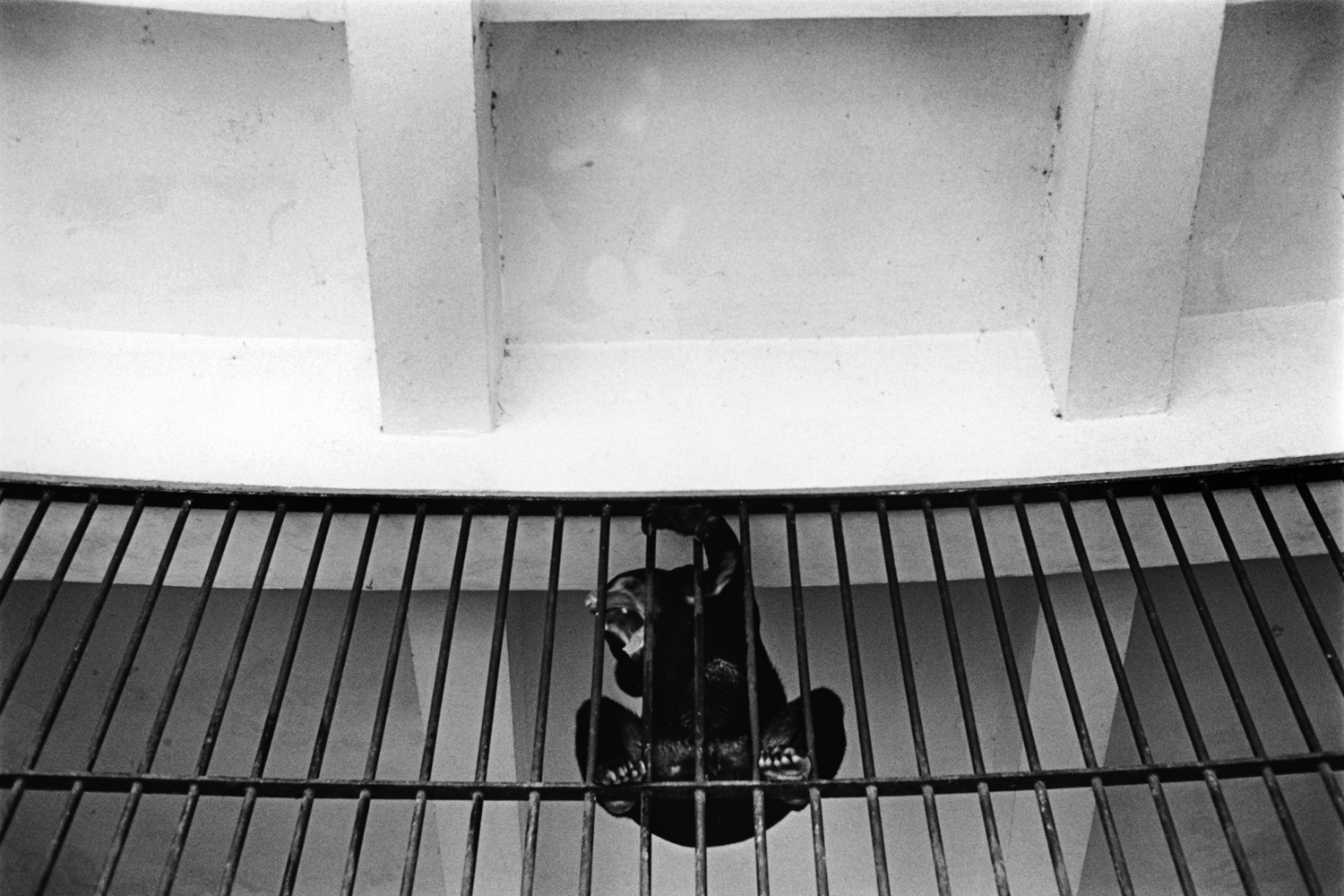

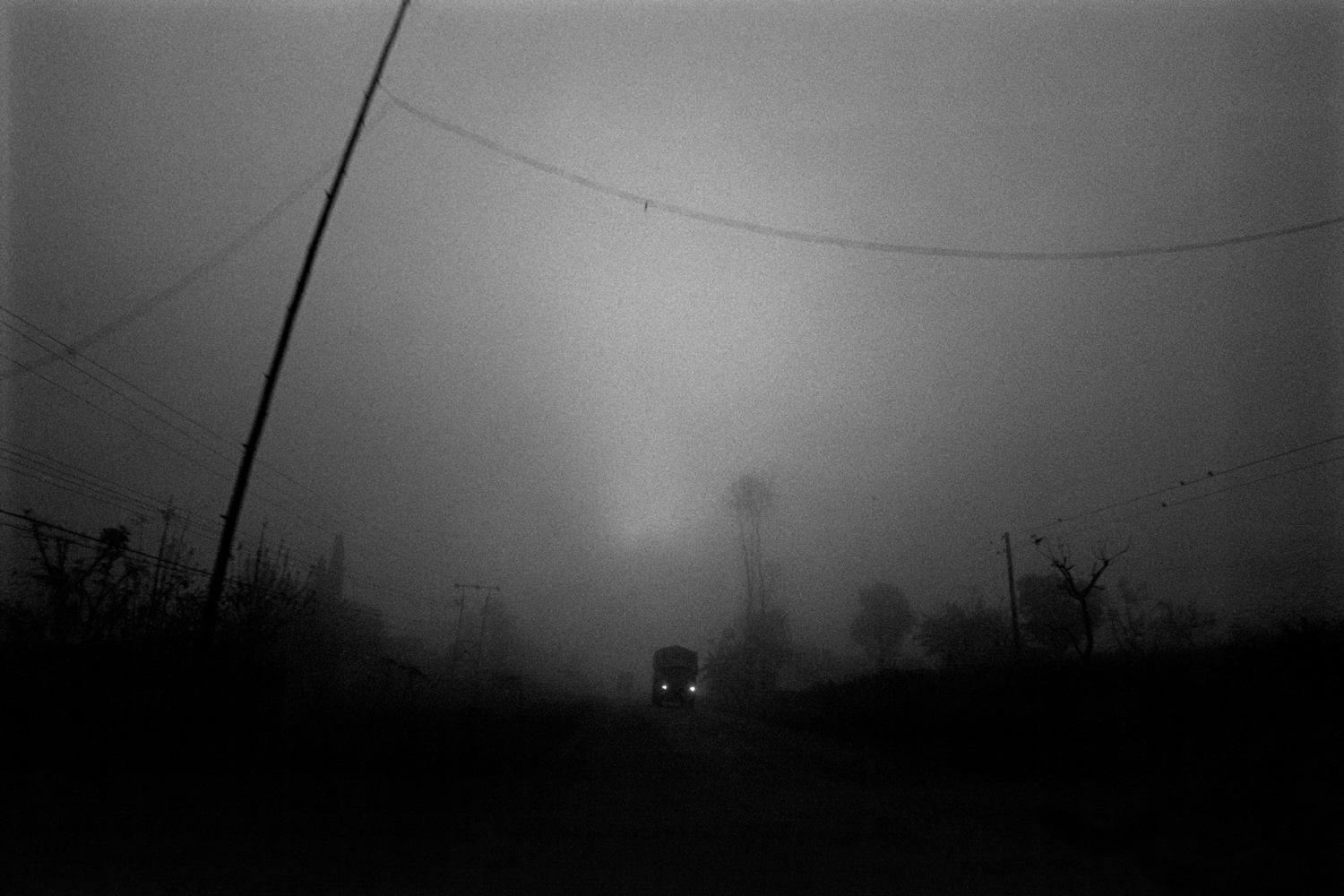
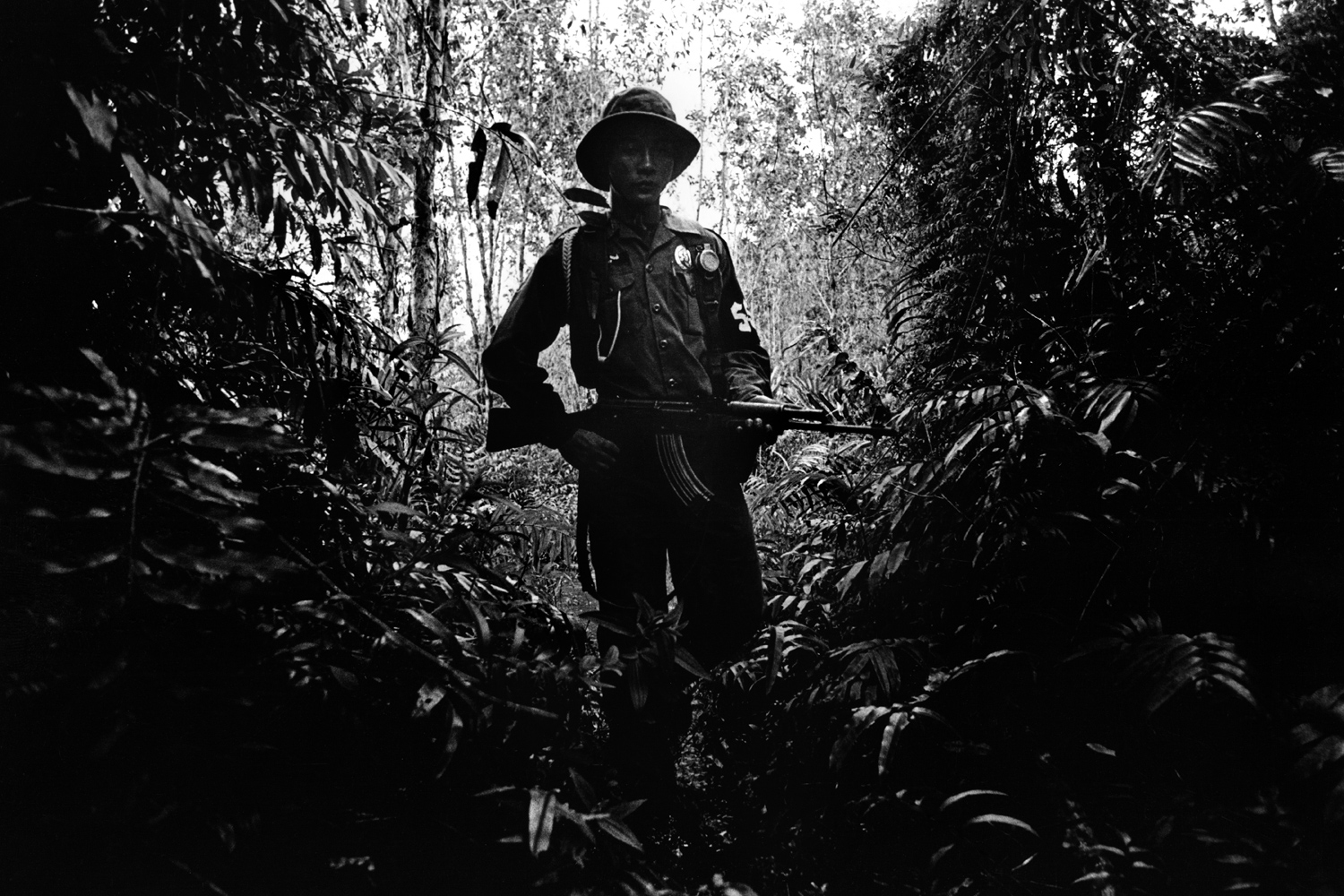
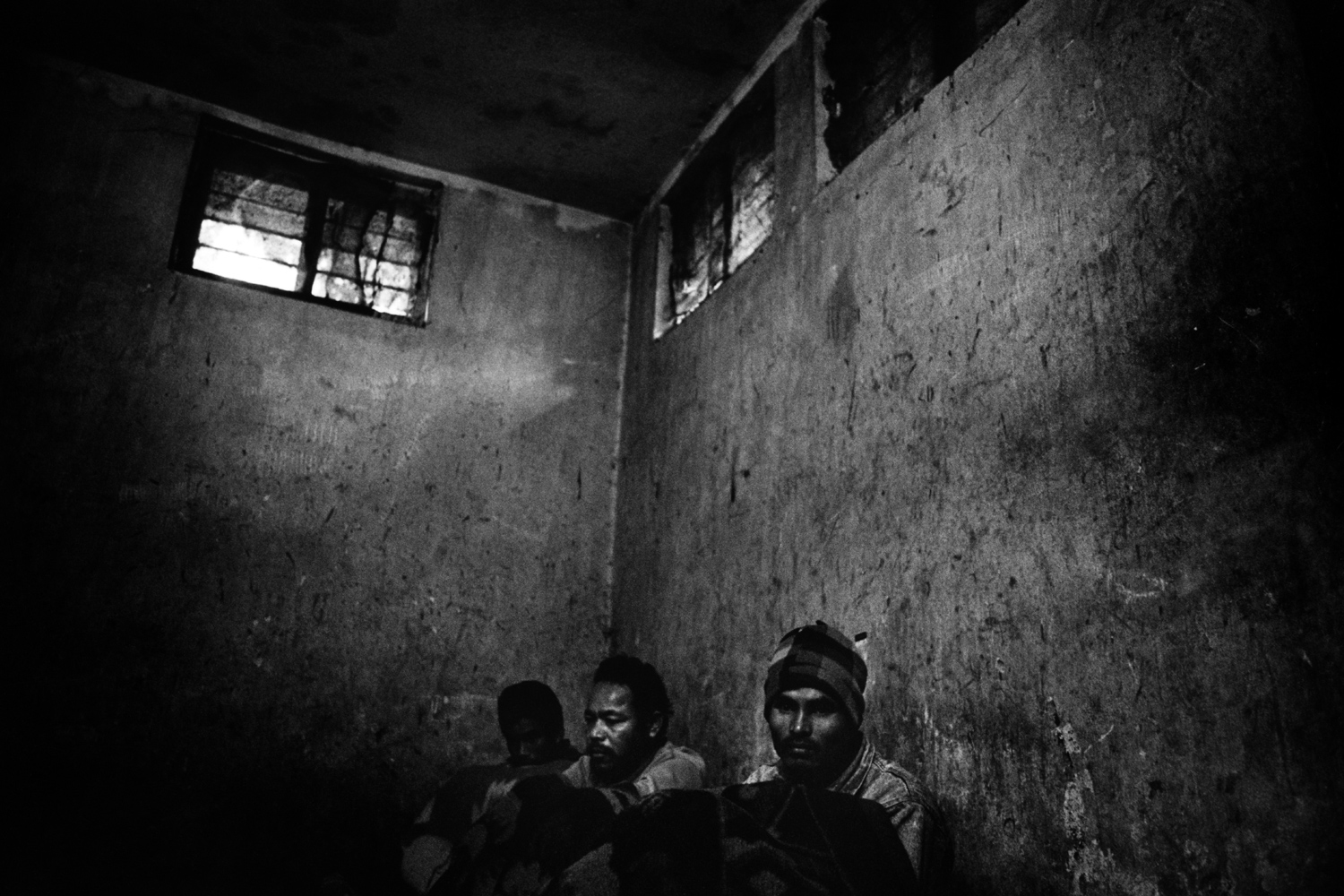
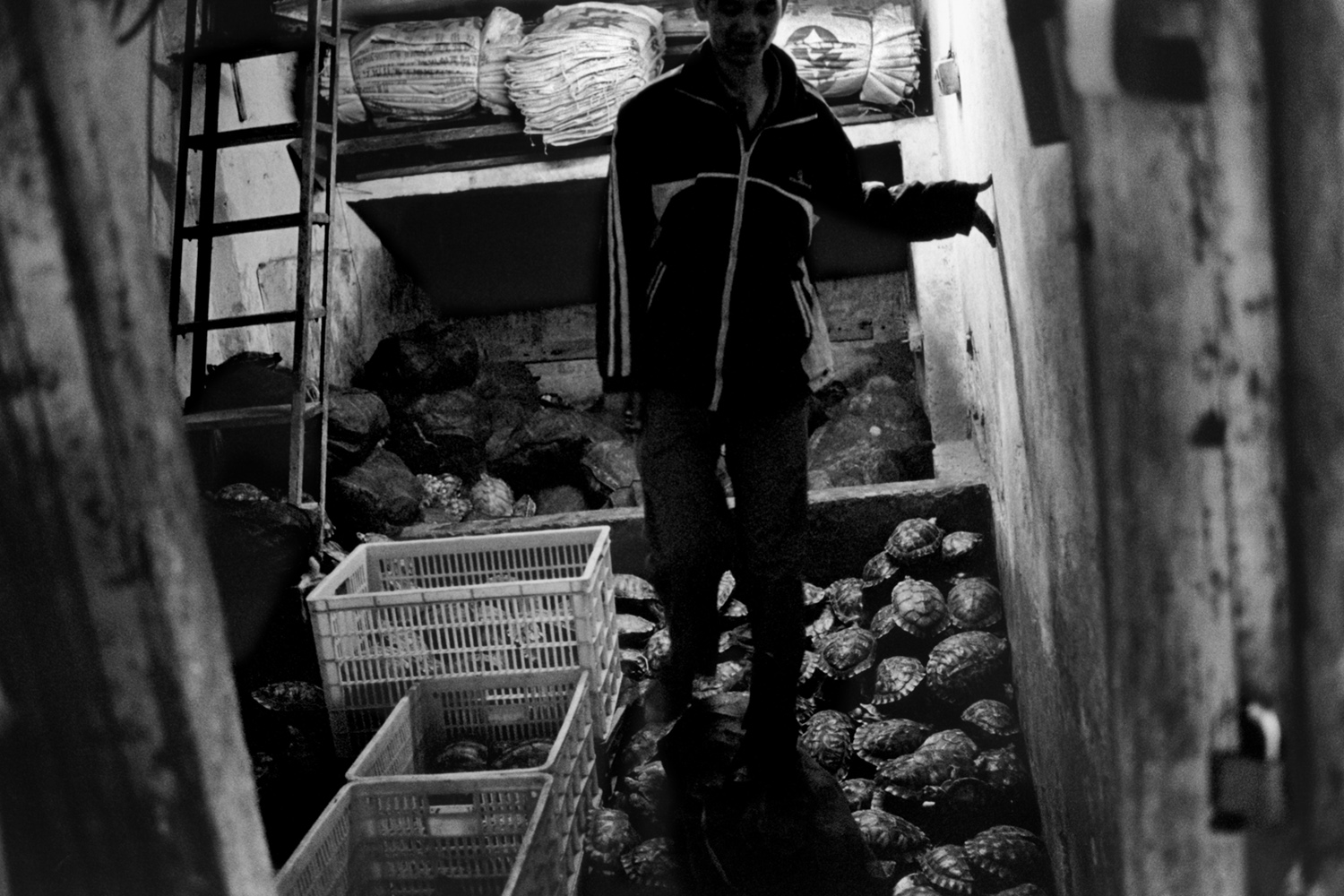
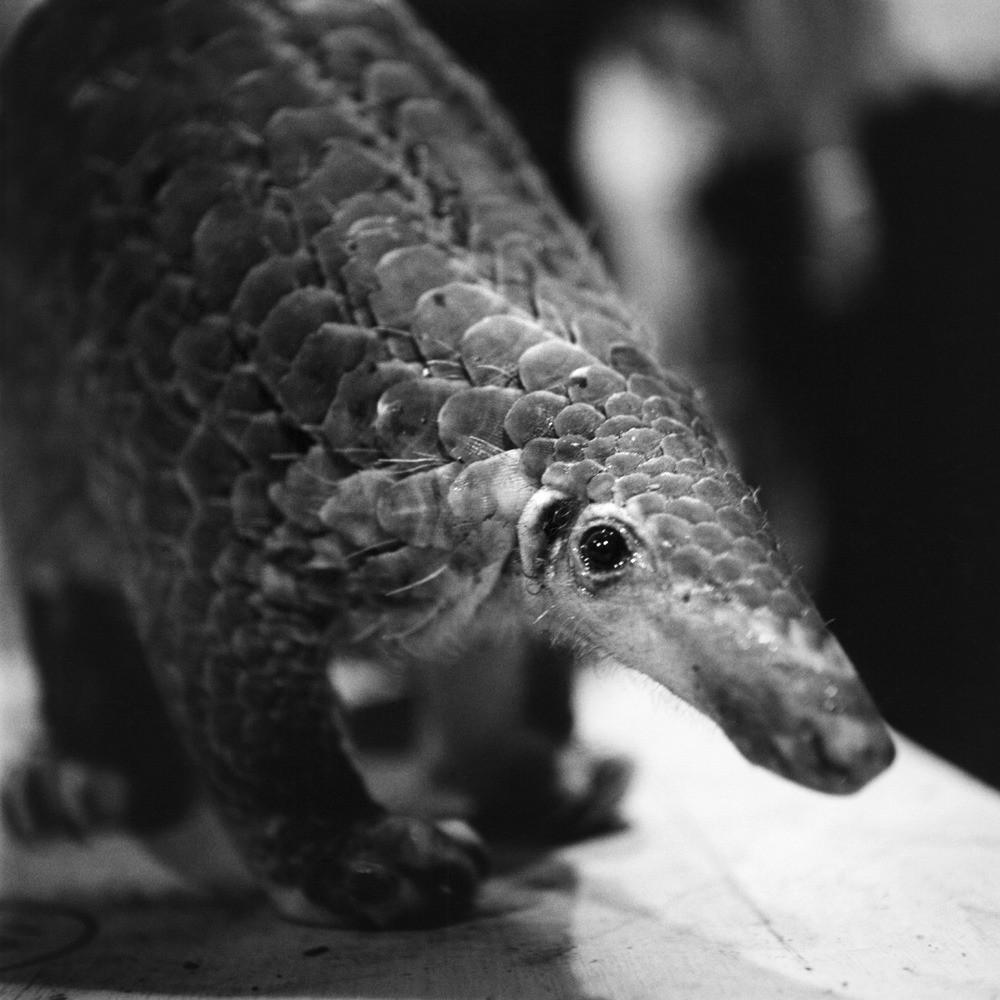
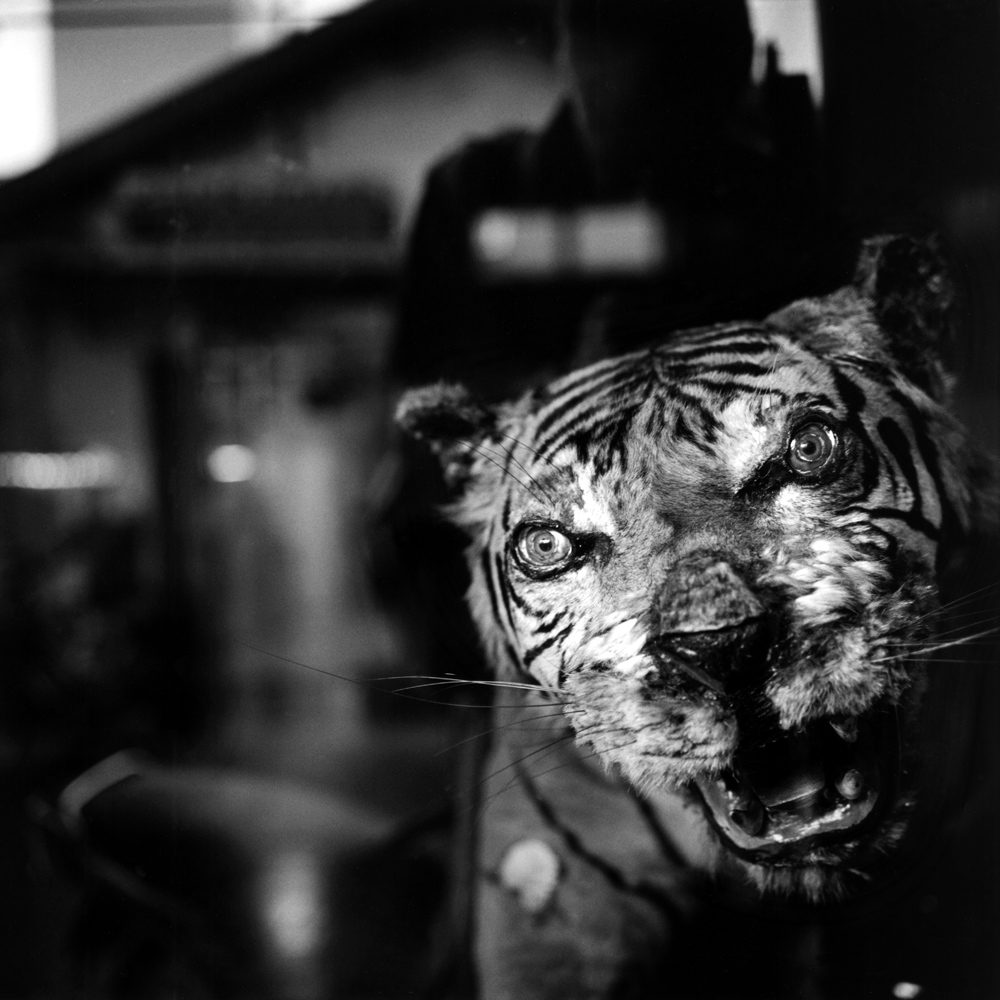
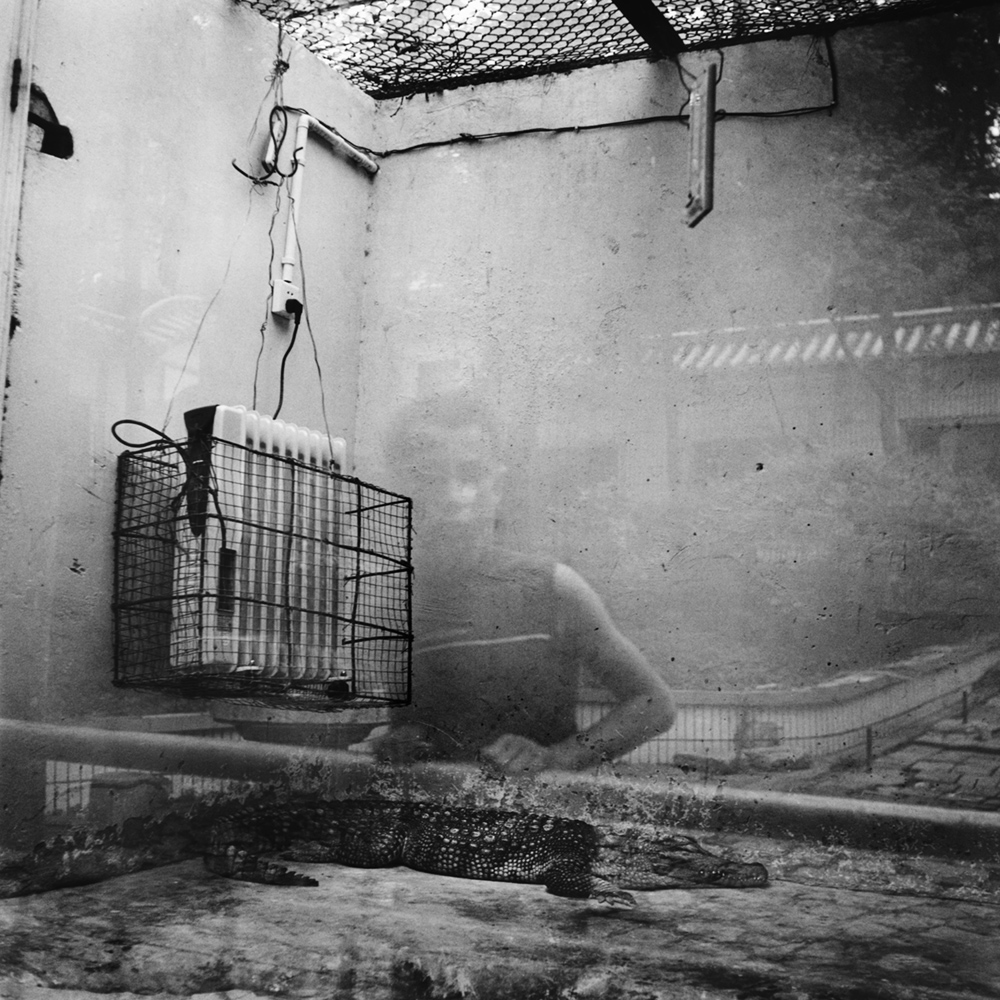
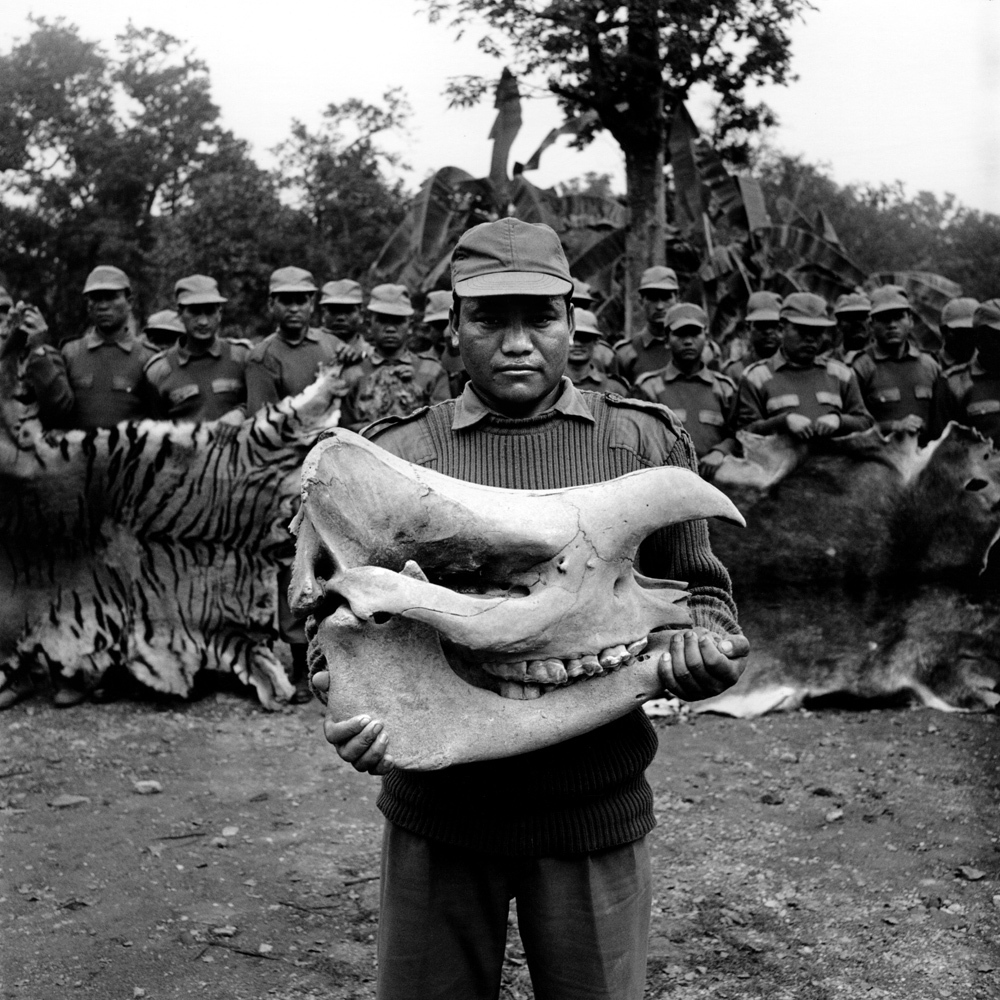
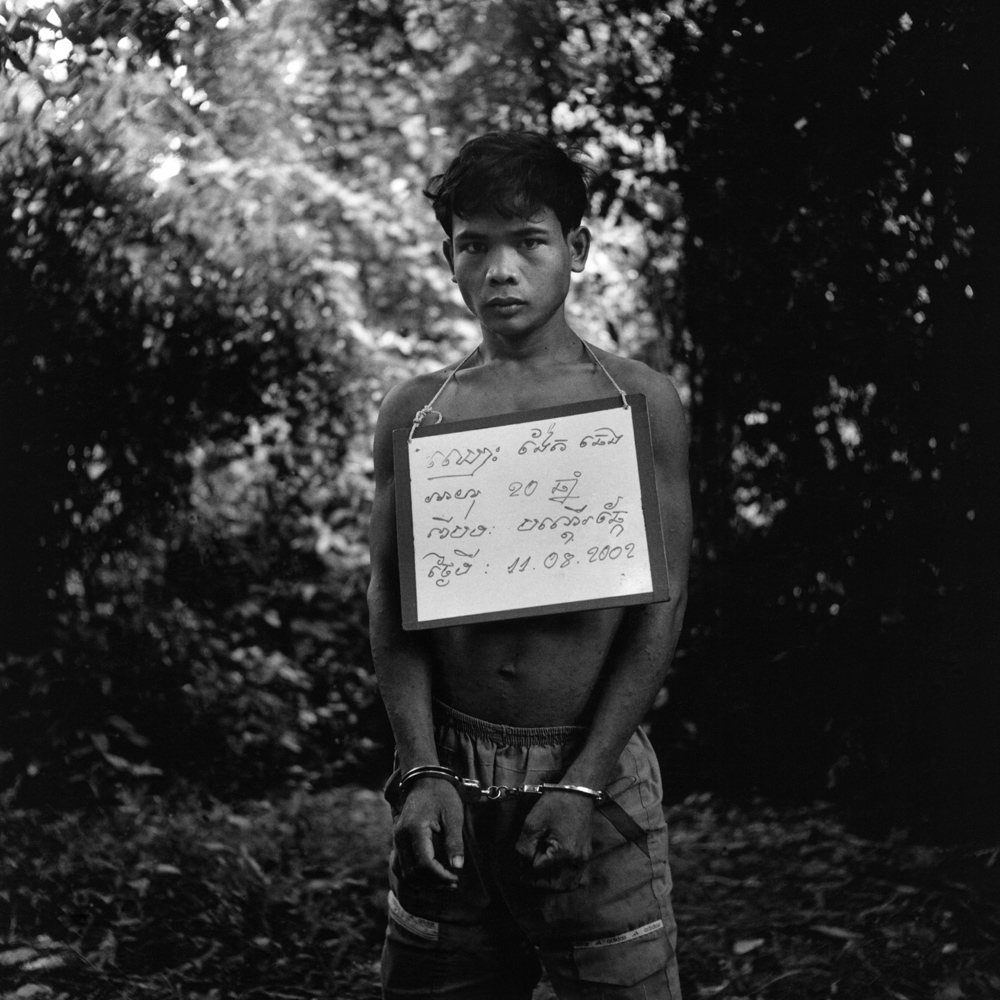
More Must-Reads from TIME
- How the Economy is Doing in the Swing States
- Harris Battles For the Bro Vote
- Our Guide to Voting in the 2024 Election
- Mel Robbins Will Make You Do It
- Why Vinegar Is So Good for You
- You Don’t Have to Dread the End of Daylight Saving
- The 20 Best Halloween TV Episodes of All Time
- Meet TIME's Newest Class of Next Generation Leaders
Contact us at letters@time.com